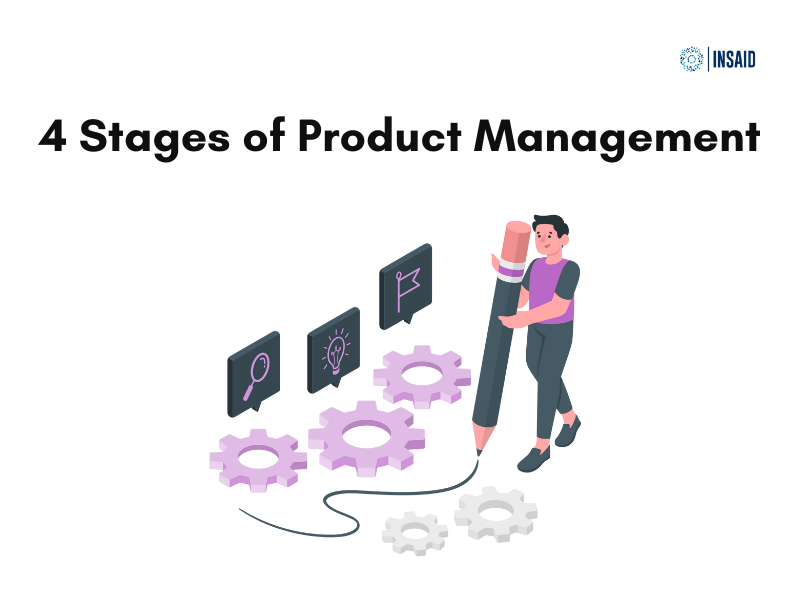Do you know what is common between all products in the market? They all started with ‘the great idea’. But then why do products fail? As per the Marketing Research Association, only 40% of developed products make it to the market, of which only 60% generate any revenues. One of the key reasons identified for product failure is ineffective Product Management.
Product Management is the journey to convert a great idea into a great product and successfully launch it in the market.
From market research to conveying consumer feedback to product development and design, Product Management involves taking care of everything related to the product. Thus, ineffective Product Management can adversely impact the performance of the product.
So, how to avoid ineffective Product Management? Surprisingly, overcoming the shortcomings in the basic process of Product Management can significantly help overcome these challenges. In this article, we explain the step-by-step process of Product Management.
If you aspire to become a world-class Product Manager, it is important to understand the process of Product Management thoroughly. This will help you understand your role as a Product Manager and understand the factors to keep in mind to develop a successful product.
Let’s get started
Product Management Process in 4 Steps

1. Product Vision
Identifying, setting, and explaining the product vision is one of the very first steps in Product Management. The product vision should be set in accordance with the company’s overall goals. The product vision answers WHY a product is being developed? What purpose does it serve? What is its target market? And more.
To support the product’s vision, you as a Product Manager need to perform activities such as market research, understanding stakeholder needs, and interacting with customers.
Through these, you can identify the target user group and market for the product and set achievable goals, understand what the customer wants and communicate the same to development teams, and ensure that the product being developed is in line with the requirements of stakeholders.
2. Product Strategy
Once you have identified WHY and WHAT you are building, it’s time to move to the HOW part. Based on your product vision and requirements, develop a product strategy. The best way to build a strategy is to curate it in the form of a product roadmap.
A product roadmap acts as a document that contains everything related to the product being developed.
A roadmap comes in handy to check your product’s development, track the next steps, and share the progress across teams with stakeholders and management.
The product roadmap should include everything from your objective, team-wise goals, tasks, actions, and timeframe. To develop a more detailed product strategy, you can create separate roadmaps for each product-related task, namely design, product development, marketing, sales. To build the perfect product roadmap, you can also use popular tools such as Trello, ProdPad, and Wrike.
 Pin
Pin3. Product Development
After strategy comes the execution part. Now that you have your product roadmap ready it’s time to get the ball rolling. Ensure different teams such as engineering, design, and marketing are following the roadmap and are in sync with each other. Along with execution, you need to conduct regular checks and tests such as A/B testing to get feedback on your hypothesis. Analyze the results of these tests, make decisions based on data, and finally implement the updates.
4. Product Launch
Now that your product is ready, you need to plan the perfect product launch. Additionally, you need to work on marketing and sales strategies to give your product the perfect launch. A plan to track the response, success, growth, revenues and costs overtime related to the product should also be in place.
If you are new to Product Management, check out our top PM certification courses which will help you prepare and transition to a Product Manager role.
We hope you found this article useful. If you have any Product Management related questions, connect with us here. Our team of experts would be happy to help.






